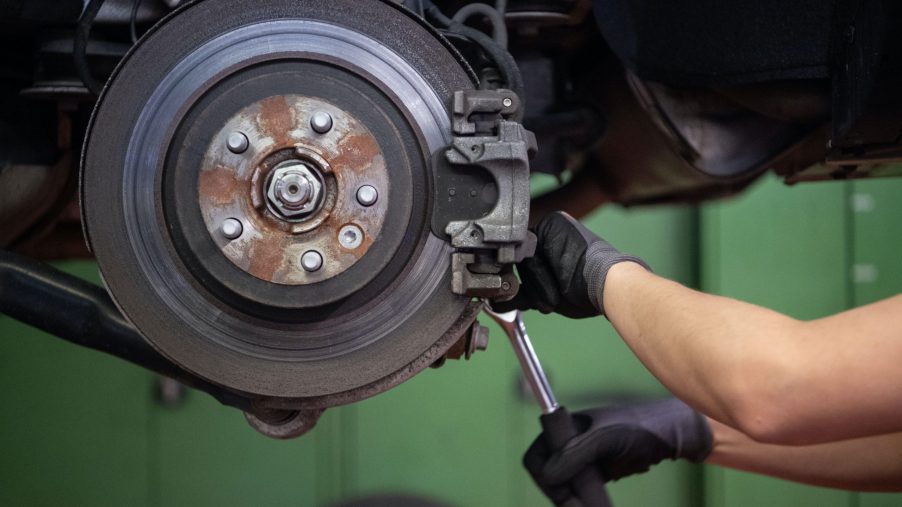
5 Common Annoying Car Noises and How They Can Be Fixed
“My car sounds like it’s making a ‘wubba, wubba, wubba’ kind of noise,” the customer says.
“Hmm, I’ll check it out and give you a call later,” says the mechanic
This general example of an auto shop customer trying to vaguely describe an ominous noise coming from their car to a mechanic is all too common. We can’t blame anyone trying to mimic their car’s issues considering that most of the time, the general public has no idea what’s wrong. In that case, here are the most common car noises and how they can be fixed.
1. That whirring noise is not a helicopter
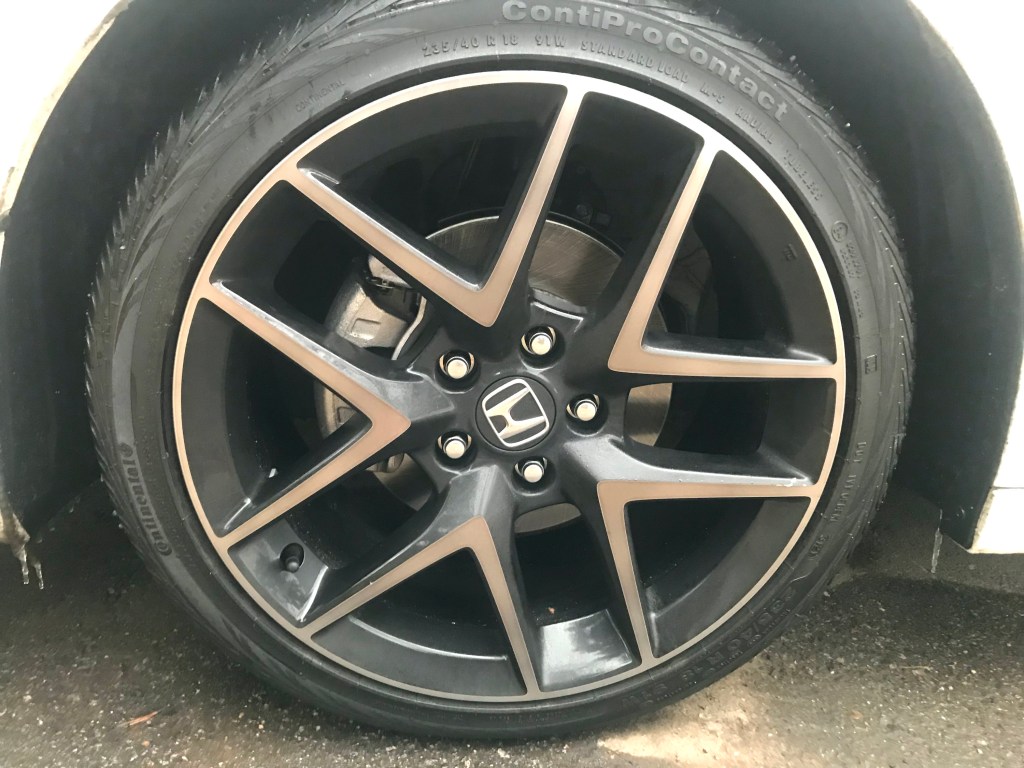
It’s common for your vehicle to make a whirring noise – typically only on one side of the car – that gets louder as the car moves faster. While it might sound like a helicopter that’s mysteriously chasing your car, it’s not. According to Auto Guide, that whirring noise is most likely a worn-out wheel bearing. One way to find out if it’s a wheel bearing is to turn the steering wheel to the left and then right when driving down a road. If the noise disappears briefly, then it’s most likely a wheel bearing.
You can also check by jacking the car up and wobbling each wheel, with your hands at the 12 and 6 o’clock positions, to see if it’s a wheel bearing. In order to fix it, you’ll need an axle nut socket, a wheel-bearing puller, and a hammer and chisel to get the job done. Don’t forget the new wheel bearing too.
2. Squealing and grinding when coming to a stop
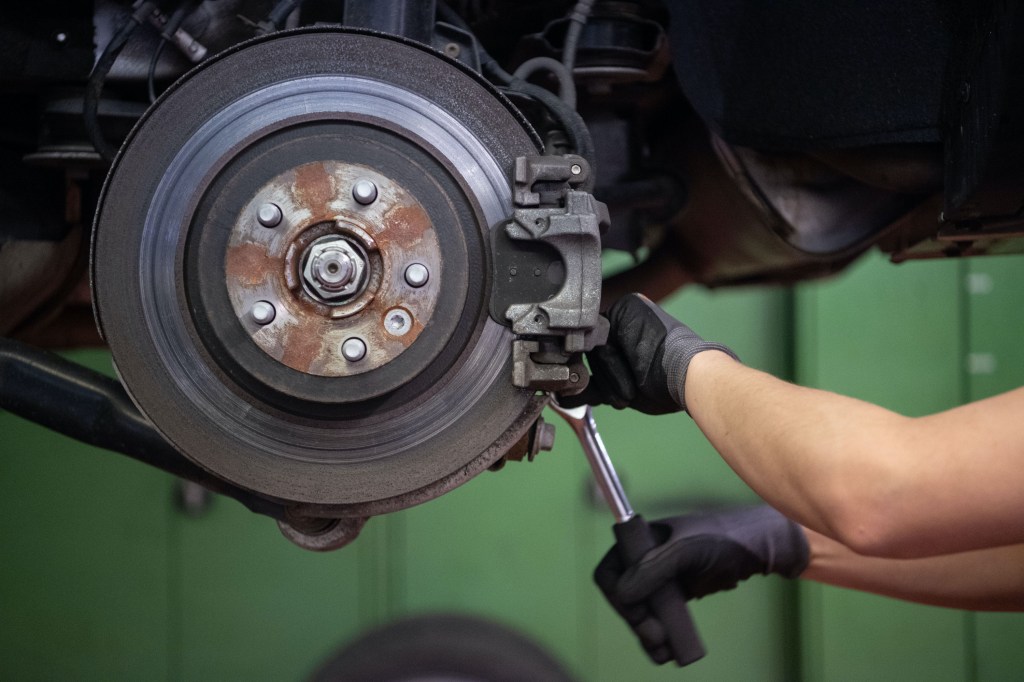
If you hear a constant squeal or grinding noise when you hit the brakes before coming to a complete stop, then it’s most likely due to worn brake pads. That annoying noise is caused by the wear indicator on the car’s brake pads to let you know that they need to be replaced. However, if the brakes start to make a horrendous metal-on-metal sound, then you probably need to have the brake rotors replaced as well.
3. A clicking noise when turning at low speeds
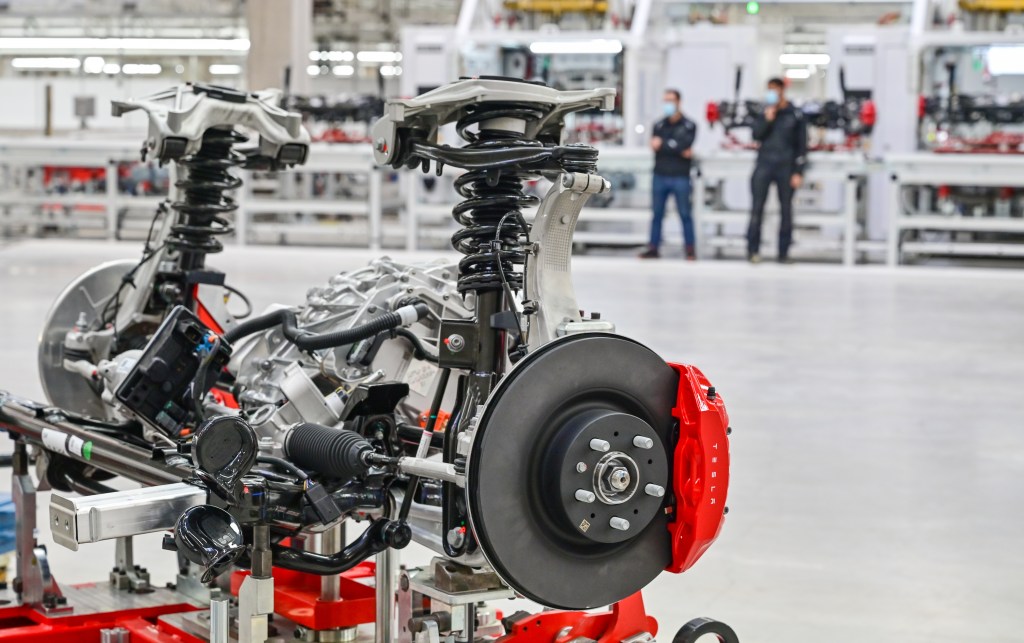
Have you ever driven at a low speed, like through a parking lot, and heard a clicking noise when turning? If so, then it could be due to a worn constant velocity joint, also known as a CV joint. Auto Guide notes that the CV joints are connected to the front hubs of the car and are comprised of two joints with ball bearings that help the joints flex when the wheels move up and down. This is what makes the clicking sound.
In order to check the car’s CV joints, inspect the rubber dust boots at the end of each axle near the brakes and the transmission. If the boots are cracked and leaking grease, then the CV boot will need to be replaced. However, most mechanics will replace the entire axles instead as it’s usually much easier and cost-effective.
4. A squealing noise from the engine bay
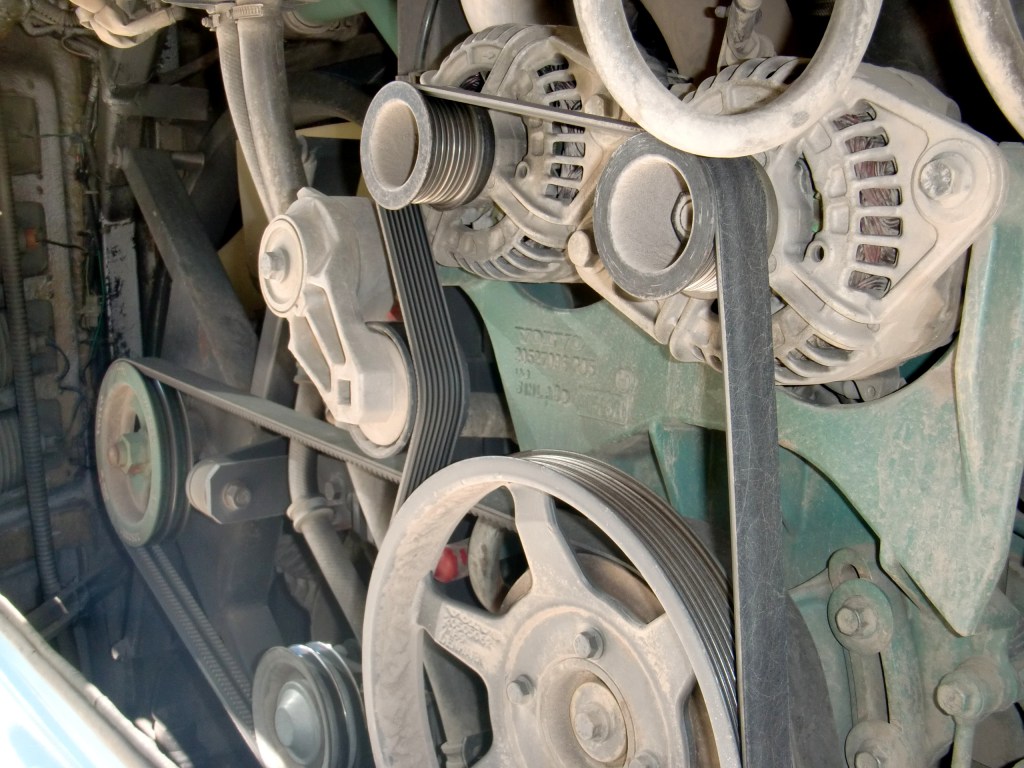
If you hear a squealing noise coming from the engine bay constantly, or when you start the car, then it’s most likely a worn-out accessory belt – also known as a serpentine belt. Fixing this noise is easy as it only necessitates a belt change, however, most shops will charge around $100 to do it. If you want to spend less, then you can do it yourself by buying a new belt from the auto parts store along with a serpentine belt tool to help you install it.
5. A whining noise when you turn the wheel

Do you hear a whining noise when you turn the wheel left or right? Then it could be coming from the power steering pump. In some cases, the issue is caused by not enough fluid in the hydraulic reservoir, so adding more fluid can make the noise go away. However, it can also be caused by another component in the system like a faulty line, the pump, or even the steering rack.
Check for any leaks underneath the car and inspect the different components. If it’s a leaking line, then it should be easy to fix. But if it’s the steering rack, then you make need to seek professional help.
Loud noises coming from your car shouldn’t be ignored
If your car is making any one of these noises, or a symphony of them, it’s best not to take any chances and have them checked out by a mechanic as soon as possible. However, if you’re mechanically inclined and can locate and fix the problems yourself, then you can likely save a lot of time and money. You also won’t need to embarrass yourself by saying “wubba, wubba, wubba” to a mechanic.



